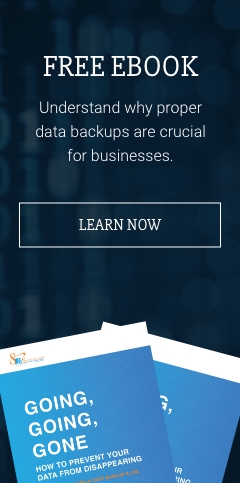Earthquakes, floods, pandemics, server failures, cyberattacks, and other adverse events can disrupt your business at any time. Such events can slow or even completely halt your operations, costing your business money. Companies can prepare for such disruptions by developing a business continuity plan, but they often make simple mistakes during the process.
In this blog post, we will tackle the most common pitfalls of business continuity plans so you can avoid them and protect your company from disruptions.
They forego undergoing a risk assessment
Before creating a business continuity plan, you need to first conduct a risk assessment to identify all the potential threats and vulnerabilities that your company may have to address. These risks will depend on many factors, such as your business location, organizational size, and products and/or services, among many others. For example, you do not need to plan for a hurricane if your business location is not at risk for hurricanes.
They do not involve the necessary stakeholders in making the plan
Business continuity planning should not be handled by a single person or department. It should be a collaborative effort among representatives of multiple departments. This way, members of this cross-functional team can contribute diverse views, which when put together, provide a company-wide perspective that lends to a more comprehensive business continuity plan.
Their business continuity plan does not account for third parties
Business continuity plans often cover scenarios involving IT security and natural calamities, but these often lack scenarios that involve third parties. Many companies rely on third parties for certain business-critical activities that could also be disrupted by adverse events. What would happen if any of these third parties cannot deliver? Take the time to define the steps should you take to recover from such disruptions.
They do not test their business continuity plan
Crafting a business continuity plan is not enough. You also need to test it every six months or at least every year. Without testing, you will not know if the plan will work in an actual emergency. Testing allows you to identify any gaps or weaknesses in the plan and fix them before an actual emergency happens. It also enables the people involved to clarify and dry run their respective roles and responsibilities.
They fail to communicate the plan to the entire company
Once you have finalized the business continuity plan, you need to communicate it to every member of the company. This way, everyone knows what will happen and who to go to in case of an emergency. Make sure to also communicate any changes to the plan so that everyone is aware of the latest protocols.
They do not update their business continuity plan
A business continuity plan should not be a “set it and forget it” document. You must regularly review and update it to ensure that it is still relevant and effective in an actual emergency. After all, business continuity plans involve people, processes, and scenarios, which change over time. People shift roles or leave the company. Processes can be updated for reasons such as the use of new IT tools. Scenarios may also change like when companies undergo mergers and acquisitions.
When updating the plan, start by determining if there were any changes in your business operations, such as new employees, locations, processes, or technologies. Next, assess if there were any changes in the external environment, such as new regulations or hazards, that could affect your business continuity plan. Finally, update your business continuity plan in light of all these changes.
Be prepared for any catastrophe that may come your way. Read Safebit ’s FREE eBook: 7 Rules even the most backup and disaster recovery plan must follow.


